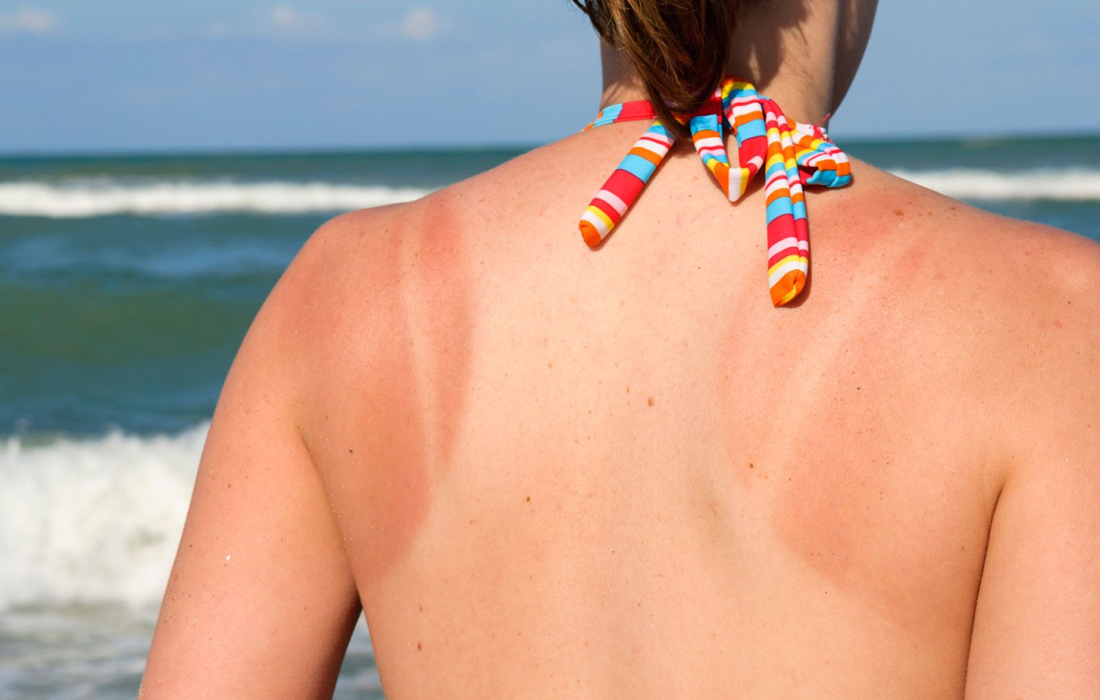Stem Cell Therapy for Specific Conditions
Stem-Cells Therapy for Skin Regeneration in Deep Sun-Burns
Mesenchymal stem cells have been used extensively in skin therapies, because they have a broad paracrine action on dermal cells; they stimulate angiogenesis; they protect other cells from the peroxide-mediated damage; and also modulate inflammation, pain, and immune tolerance.The use of adipose-derived stem cells in skin has been described in diverse clinical studies, with satisfactory results.
Experimental studies also suggested the role of adipose-derived stem cells in improving quality of the aging skin, but we still need extensive clinical studies concerning the histologic changes of the human skin that was exposed to local interaction with adipose-derived stem cells. The structural changes that occur in the skin, which can justify the observed long-lasting improvement that is visible and reported after fat grafts, are still not well known.
In the skin showing photoaging, a progressive degeneration of the entire elastin network occurs in the deep dermis. Major elastic fibers become thickened, tangled, tortuous, degraded, and dysfunctional, setting the solar actinic elastosis, the most relevant feature of the photoaged skin. The overall marked loss of collagen and the thickening of elastic fibers cause accumulation of the dysfunctional elastic component in the skin of elderly humans compared with young ones.
Injected stem cells rebuild the skin’s normal elastin network, study shows…
A new microscopic-level study provides the answer: within a few weeks, stem cell treatment eliminates the sun-damaged elastin network and replaces them with normal, undamaged tissues and structures, even in the deeper layers of skin.
Injection of the patient’s own mesenchymal stem cells (MSCs) is “appropriate, competent and sufficient to elicit the full structural regeneration of the sun-aged skin,” according to the report by Dr. Luis Charles-de-Sá, MD, of Universidade Federal do Rio de Janeiro, Brazil, Natale Gontijo-Amorim, MD and Gino Rigotti, MD of Verone-Italy University and colleagues.
The researchers assessed the cellular- and molecular-level effects of MSC treatment on sun-damaged (photoaged) facial skin. All 20 patients in the study, average age 56 years, were scheduled for facelift surgery. The patients lived in northeast Brazil, a region where intense sun exposure is expected.
For each patient, a small sample of fat cells from the abdomen was processed to create patient-specific MSCs. The cultured stem cells were injected under the skin of the face, in front of the ear. When the patients underwent facelift surgery three to four months later, skin samples from the stem cell-treated area were compared to untreated areas.
Histologic and structural under the microscope analysis demonstrated that MSC treatment led to improvement in overall skin structure. Treated areas showed “partial or extensive reversal” of sun-related damage to the skin’s stretchy elastin network, the main skin structure affected by photoaging. In the layer immediately beneath the skin surface, the stem cell-treated areas showed regeneration of a new, fully organized network of fiber bundles and dermal ECM remodeling changes.
In the deeper skin layer, “tangled, degraded, and dysfunctional” deposits of sun-damaged elastin were replaced by a normal elastin fiber network. These changes were accompanied by molecular markers of processes involved in absorbing the abnormal elastin and development of new elastin.
The findings suggested that stem cells triggered each of the many cellular- and molecular-level pathways involved in skin repair and regeneration. The re-building of structures below the surface translates to true improvements to the strength and appearance of the facial dermis.
Stem Cell Therapy at Zignagenix
At our clinic we based our therapies and protocols following the recommendations of different research studies and utilize Umbilical cord-derived Mesenchymal stem cells (UC-MSCs) from the Warthon’s jelly tissue.
The therapy for MS at the clinic consists in the application of UC-MSCs infused intravenously (IV) at high doses that are combined with exosomes. Also we use a subdermal injection in the affected areas on the skin to stimulate the regeneration of that tissue, and achieve benefits in the short-term and maintain the effect in the long-term.
SOURCE:
Charles-de-Sá, Luiz M.D., Ph.D.; Gontijo-de-Amorim, Natale Ferreira M.D., Ph.D.; Rigotti, Gino M.D., Ph.D.; Sbarbati, Andrea M.D., Ph.D.; Bernardi, Paolo Ph.D.; Benati, Donatella Ph.D.; Bizon Vieira Carias, Rosana Ph.D.; Maeda Takiya, Christina M.D., Ph.D.; Borojevic, Radovan Ph.D. (June 2020) Photoaged Skin Therapy with Adipose-Derived Stem Cells. Plastic and Reconstructive Surgery. Retrieved from: https://journals.lww.com/plasreconsurg/Fulltext/2020/06000/Photoaged_Skin_Therapy_with_Adipose_Derived_Stem.12.aspx
IMAGE:
https://hips.hearstapps.com/hmg-prod.s3.amazonaws.com/images/sunburn-1525772735.jpg

